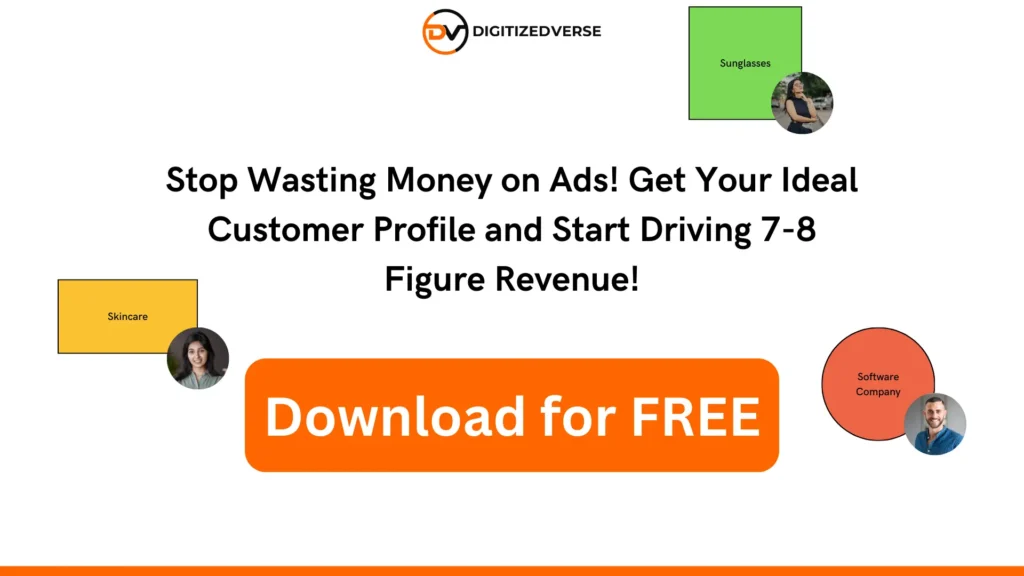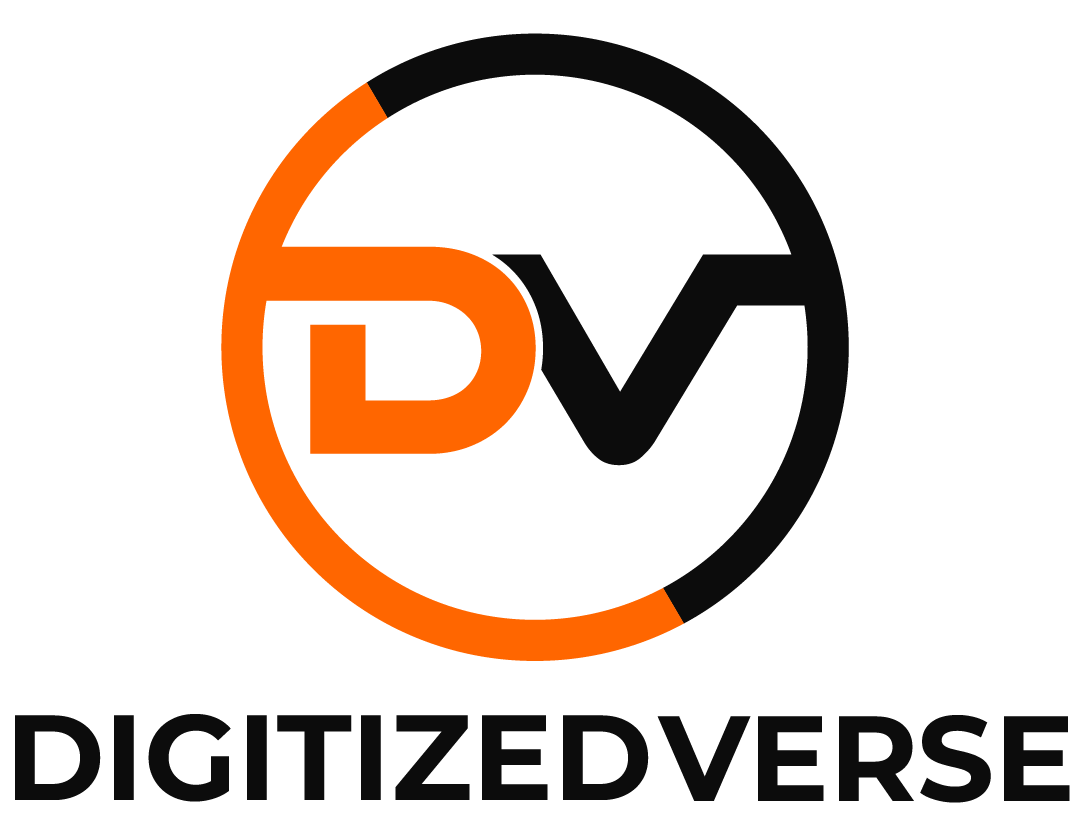Creating an effective marketing campaign requires more than just eye-catching visuals and clever copy. To truly resonate with your audience and drive conversions, you need to understand who your ideal customers are. This is where a well-defined buyer persona comes into play. By building a detailed buyer persona, you can tailor your campaigns to effectively reach and engage with the right people.
Let’s explore the key components of a buyer persona that will help you create impactful marketing strategies.
Target Audience: Who Are Your Ideal Customers?
The first step in creating a buyer persona is identifying your target audience. For any business, ideal customers might include:
- Individuals: Customers looking for products or services that solve specific problems or fulfill needs.
- Businesses: Companies needing specialized services or products to enhance their operations.
- Niche Markets: Groups with specific interests or needs that align with what you offer.
Industries: What Sectors Do These Clients Belong To?
Understanding the industries your customers operate in is crucial for crafting a relevant buyer persona. Depending on your business, your clients might belong to sectors such as:
- Retail: Consumers or businesses looking for products that improve lifestyle or operations.
- Technology: Companies in need of innovative solutions or cutting-edge products.
- Healthcare: Clients requiring specialized products or services that cater to health and wellness needs.
Demographics: Defining the Age, Gender, and Location
Demographics form the backbone of your buyer persona, providing critical details about your target audience.
- Age Range: Depending on your product or service, your target audience might fall within a specific age range that is most likely to need what you offer.
- Gender Distribution: While gender may vary, understanding the balance helps in tailoring the tone and style of your campaigns.
- Geographical Location: Knowing where your clients are located, whether in specific regions or countries, is essential for localizing your content and messaging.
Psychographics: Understanding Goals and Pain Points
Psychographics delve into the motivations, goals, and challenges of your buyer persona.
- Goals and Aspirations: Your customers are likely aiming to solve a problem, achieve a goal, or fulfill a need. Knowing this helps in crafting messaging that resonates with their ambitions.
- Pain Points and Challenges: Common challenges might include the difficulty of finding the right product or service. Addressing these pain points directly in your campaign can set your offerings apart.

Behavioral Insights: Where and How Do They Engage?
Understanding the behavior of your buyer persona is key to placing your campaigns where they’ll be most effective.
- Platforms and Social Media Channels: Your clients might be active on platforms like LinkedIn, Facebook, Instagram, or others relevant to their industry or interests. Focusing your efforts on these platforms ensures you reach them where they spend their time.
- Content Preferences: Videos, infographics, blog posts, and other content formats are popular among various audiences. Tailoring your campaign content to these preferences will increase engagement.
Competitor Analysis: Standing Out in the Crowd
Analyzing your competitors is a critical part of building a buyer persona.
- Main Competitors: Identify who else is offering similar products or services. This will help you understand the market landscape.
- Unique Selling Proposition: What differentiates your products or services from the competition? Highlighting unique features, better pricing, or exceptional customer service can make your campaigns more compelling.
Customer Journey: Mapping the Path to Purchase
Understanding where your buyer persona is in the customer journey allows you to create targeted messaging.
- Buying Process Stage: Is your target audience in the awareness, consideration, or decision stage? Tailor your messaging accordingly—focus on showcasing benefits for those in the consideration stage, or use strong calls to action for those ready to decide.
- Objections and Concerns: Address common objections, such as cost or quality, directly in your campaign to ease potential customers’ concerns.
Visual and Message Preferences: Crafting the Perfect Campaign
The style and tone of your campaign should align with the preferences of your buyer persona.
- Style and Tone: Whether professional, casual, or innovative, ensure your messaging is clear and resonates with the audience’s needs.
- Visuals and Branding: Incorporate specific visuals, colors, or branding elements that reflect the values and identity of your target audience. This will help create a connection with them.
Call to Action: Driving the Next Step
Finally, determine what action you want your audience to take after engaging with your campaign.
- Desired Action: Whether it’s visiting a website, making a purchase, signing up for a newsletter, or booking a consultation, make sure your call to action is clear and compelling.
Final Thoughts
Creating an effective marketing campaign starts with a well-defined buyer persona. By understanding your target audience’s demographics, psychographics, behaviors, and preferences, you can craft campaigns that resonate, engage, and ultimately convert. Take the time to build a detailed buyer persona, and watch as your marketing efforts become more targeted and successful.




